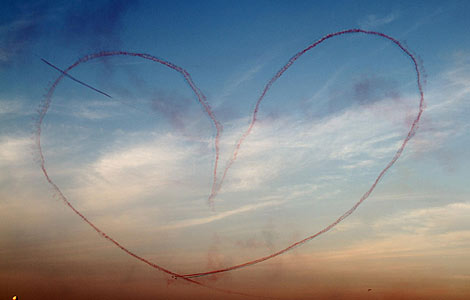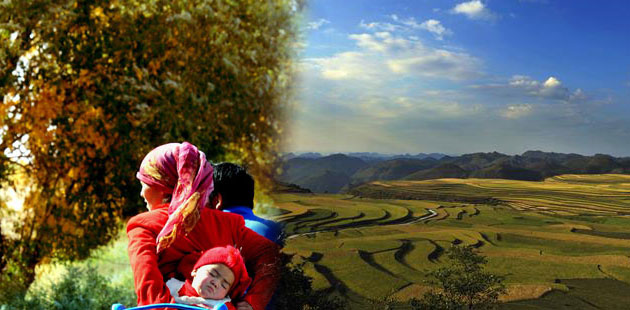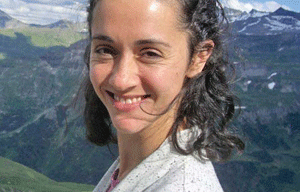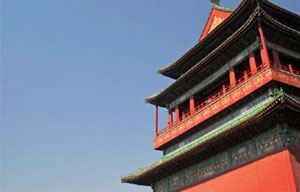London's Olympic Park expected to be huge tourism draw long after Games
Updated: 2011-11-18 07:59
By Liu Wei (China Daily)
|
|||||||||
LONDON - London expects its Olympic Park to be a top tourist destination after the 2012 Games.
The ArcelorMittal Orbit, an eye-catching steel tower in the 2.5-square-km park in east London, will function as both a sightseeing attraction and a hospitality space after the Games conclude, said Keith Bendall, senior marketing manager at Olympic Park Legacy Company (OPLC).
"We will be talking about everything from filming and weddings to corporate hospitality," he said.
An operator for the tower will be appointed in January, said Kathryn Myers,media officer of OPLC.
Built near the main stadium of the 2012 Games, the 115-meter-high tower was designed by Turner Prize-winning artist Anish Kapoor and his design partner Cecil Balmond. It's an attention grabber, resembling a combination of a roller coaster, DNA helixes and a giant dancing lobster.
Visitors will be able to take an elevator to two viewing platforms, which will offer a birds-eye view of the main stadium and the city. They can then walk down the spiraling staircase that goes around the tower to the base, which is an exhibition space.
The tower is named after ArcelorMittal, a steel and mining company that paid around 19 million pounds ($30 million) of the 22-million-pound project. The rest was funded by the London Development Agency.
The tower has reached its full height. The final steel ring was put into place in late October.
The park also has nine sporting venues. Construction has been completed on five of them, including the Olympic Stadium, Aquatics Centre, Velodrome, Handball Arena and Basketball Arena, said John Evans, head of communications, the Olympic Delivery Authority.
The media centers in the park are also finished, and the remaining sites, such as the Olympic Village, are set to be completed early next year, Evans said.
The park is expected to be one of the top 10 tourist destinations in London by 2020. OPLC predicts that 9.3 million visitors from the UK and abroad will visit the park each year beginning in 2016.
"We expect the park to be a place where 2,000 events will take place every year, such as music awards ceremonies, festivals and concerts," said Bendall of OPLC. "There will be pop and rock stars, restaurants and cafes. The Orbit, and of course the venues themselves, the open space and waterways will all attract visitors."
Most venues will be reusable after the Games and sustainable.
The Basketball Arena, for example, will be dismantled and relocated. The two pitches of the Hockey Centre will be removed and relaid at Eton Manor, the venue for aquatics training for the Games. The OPLC also has plans to transform the Stadium into a venue that will host sporting, cultural and community events after the Games.
The roof truss of the Olympic Stadium was made out of unwanted gas pipelines, while recycled granite from King George V docks was used for the stadium's riverbanks.
The Velodrome uses natural light to reduce energy consumption, and rainwater will be collected from the roof for flushing toilets and irrigation.











